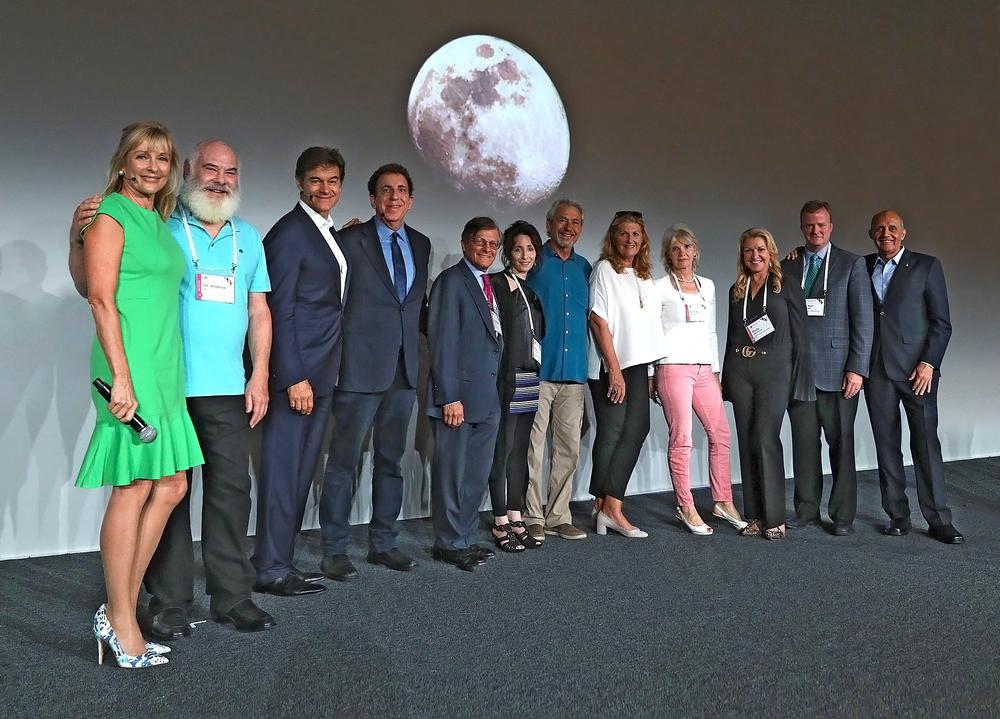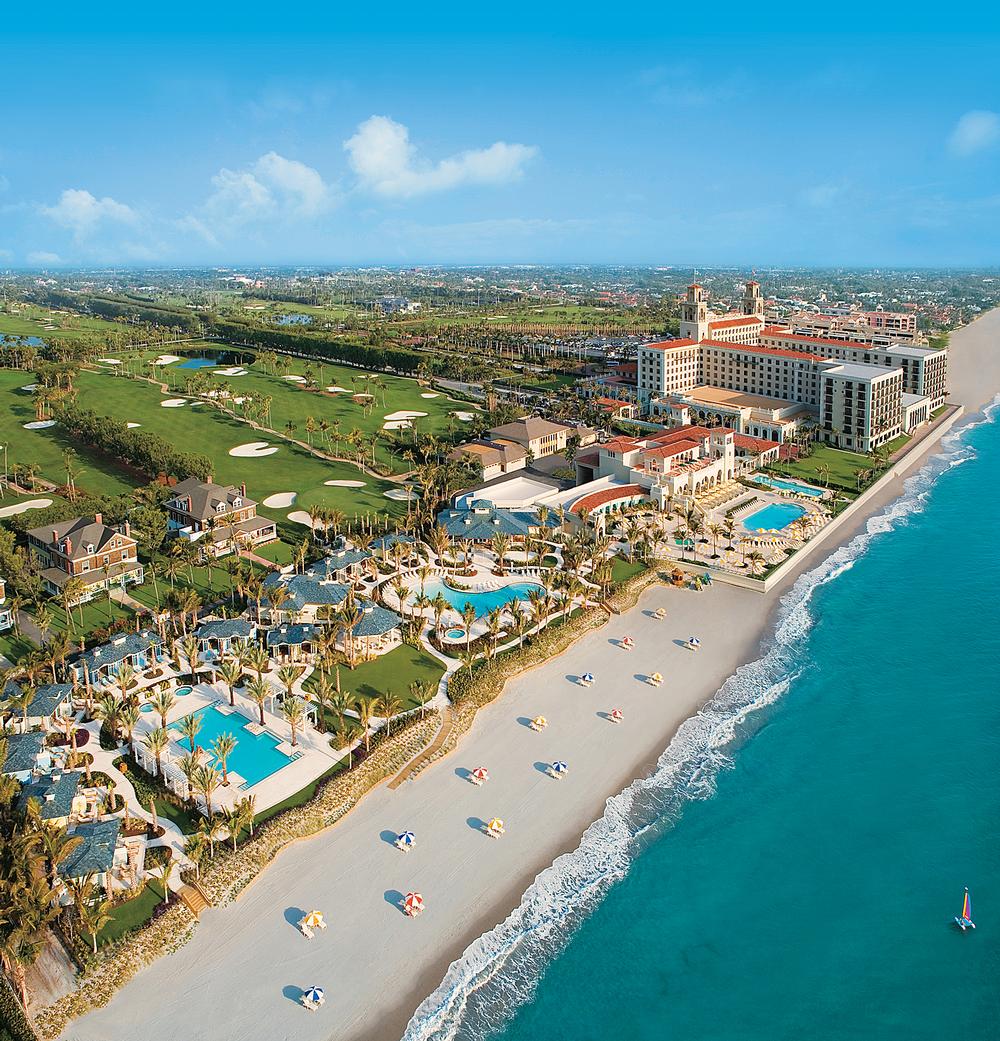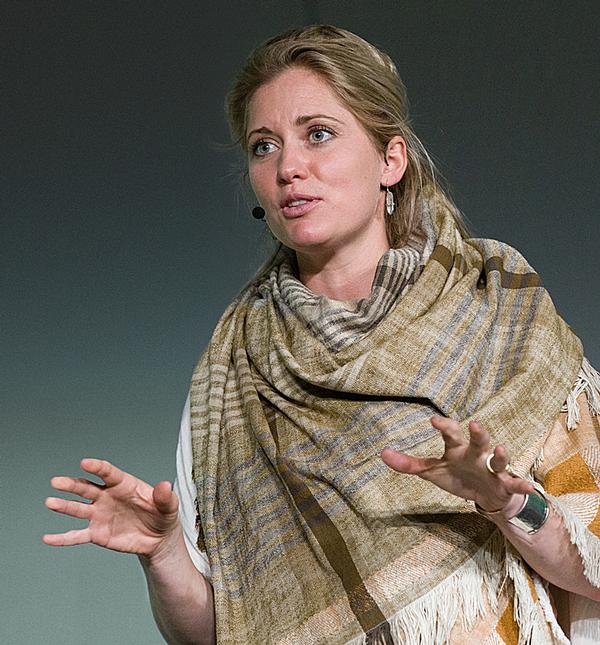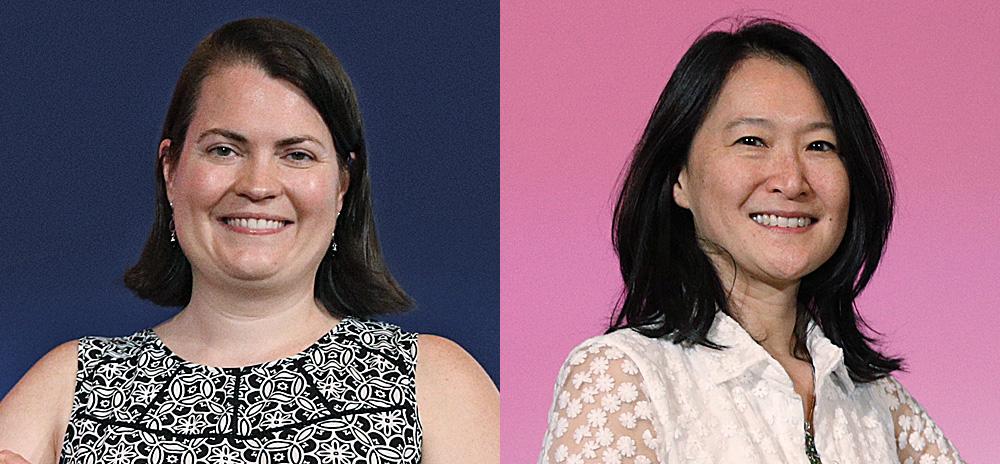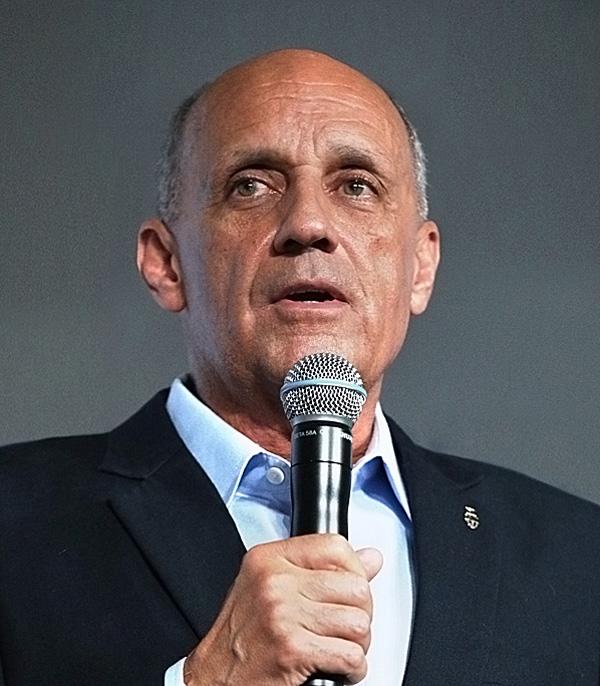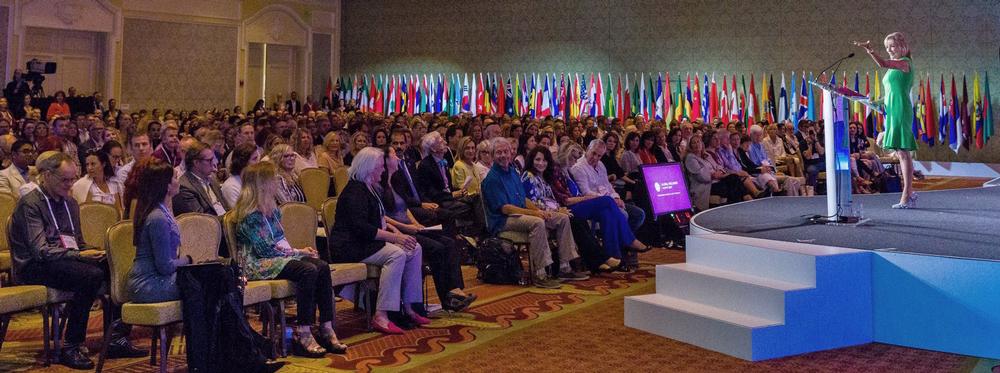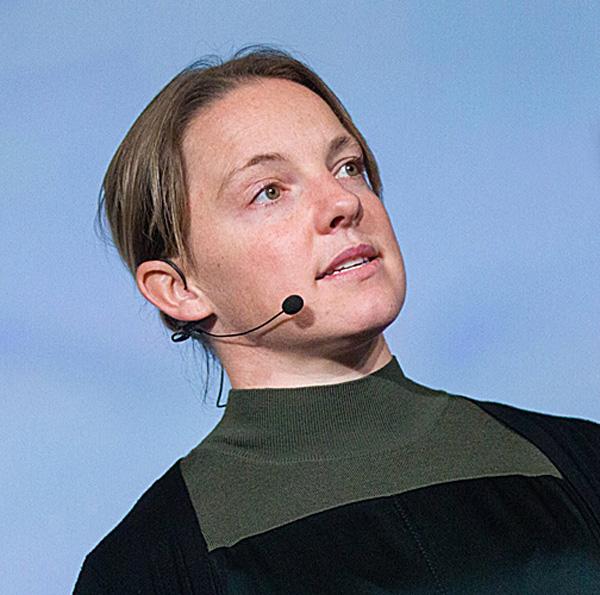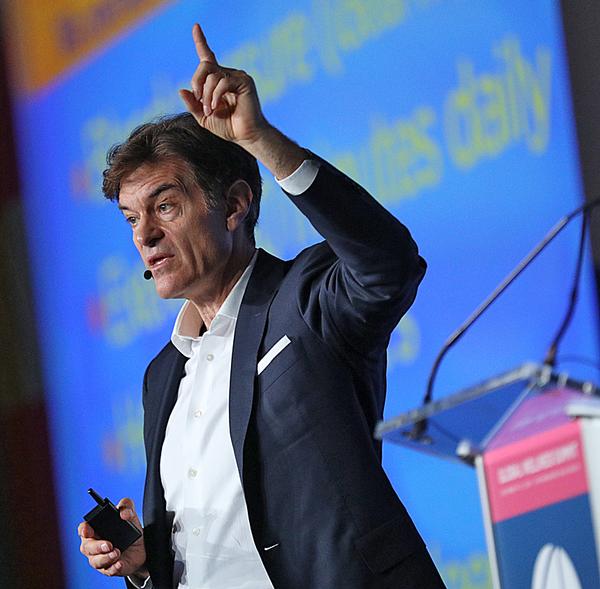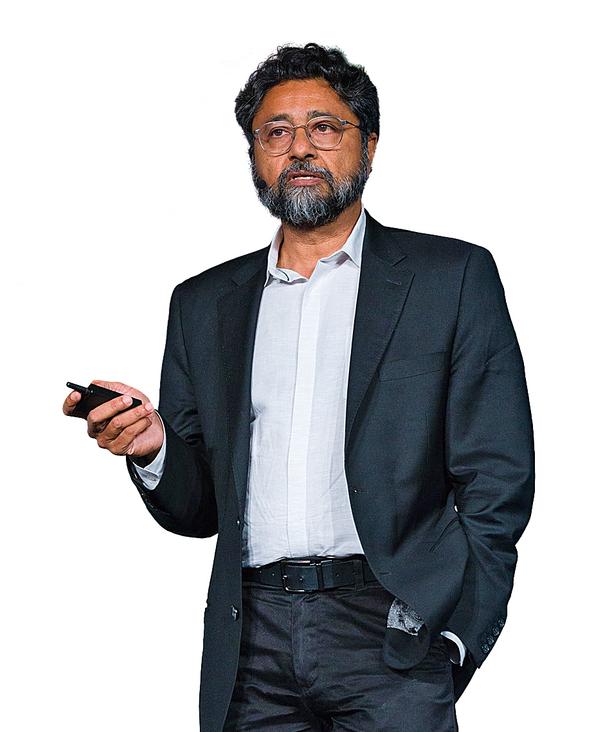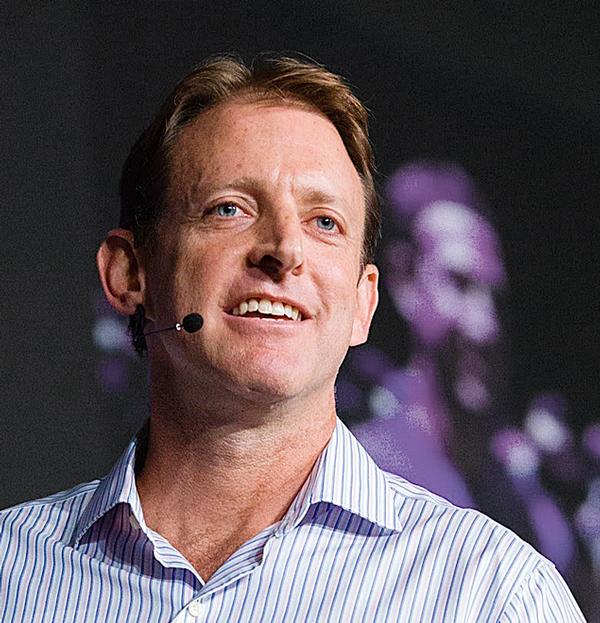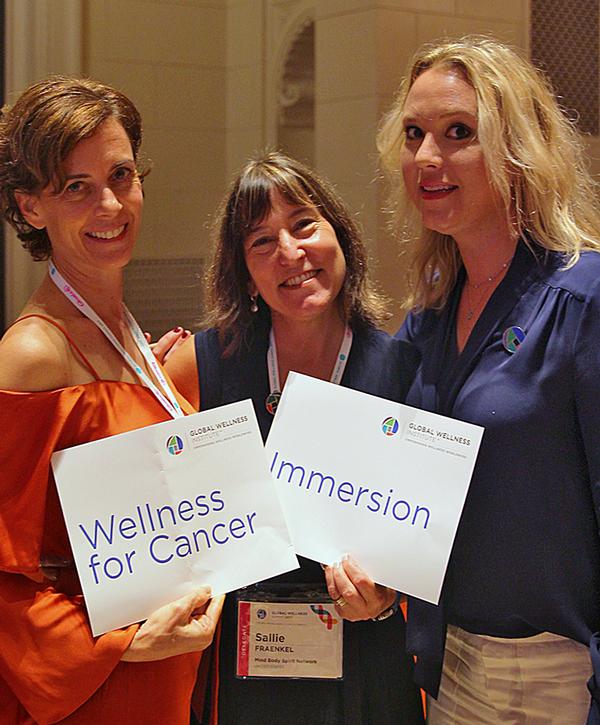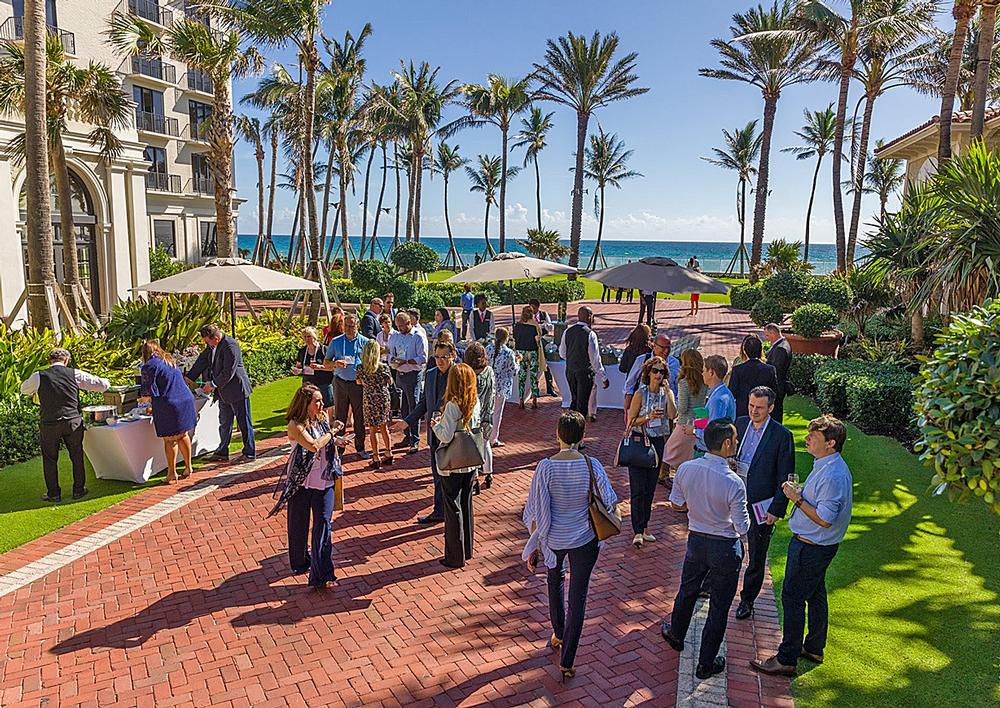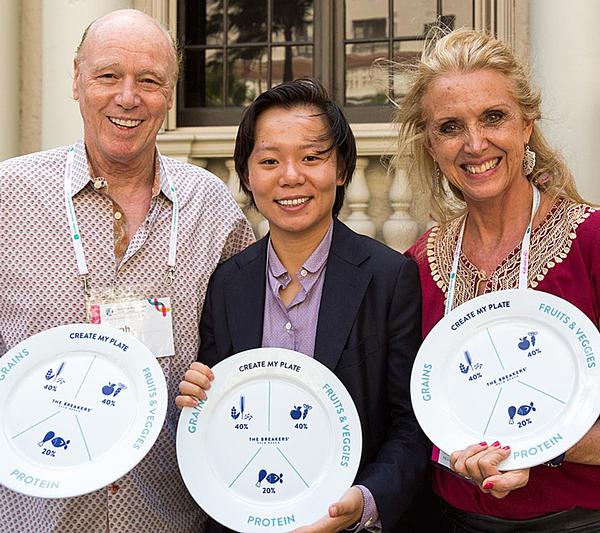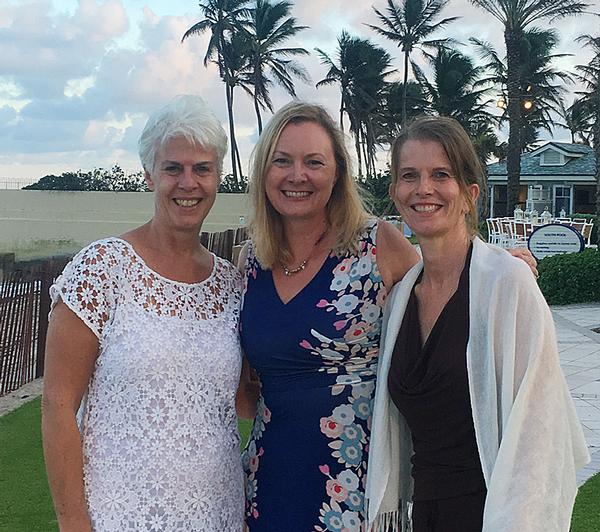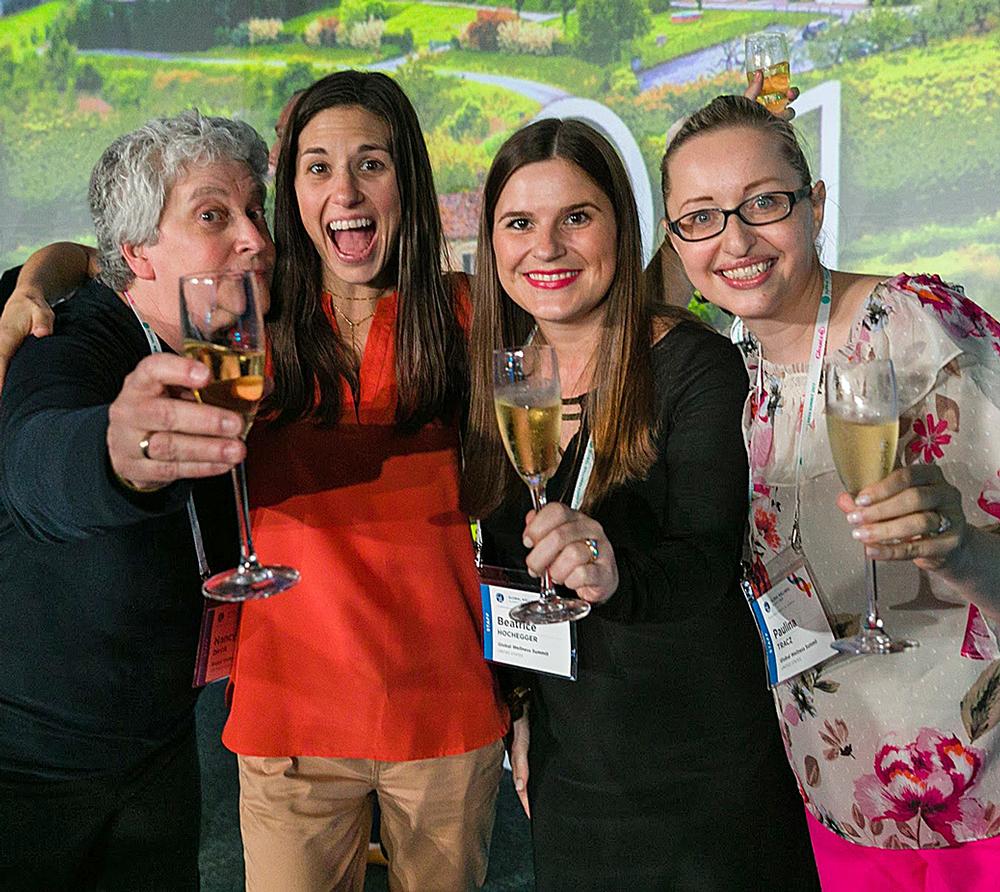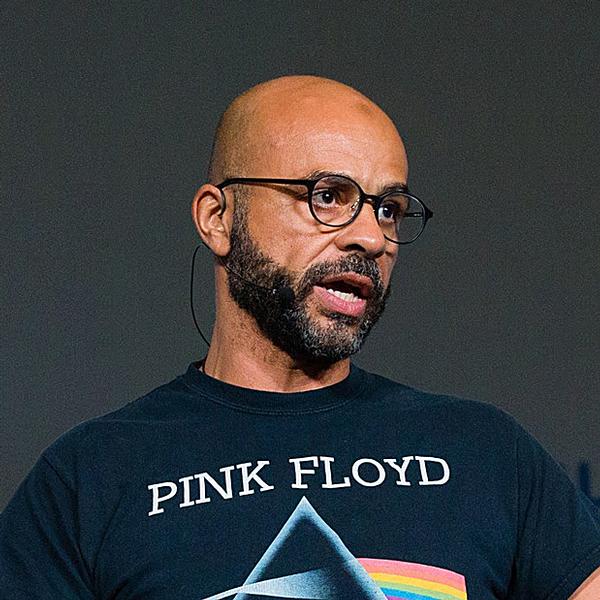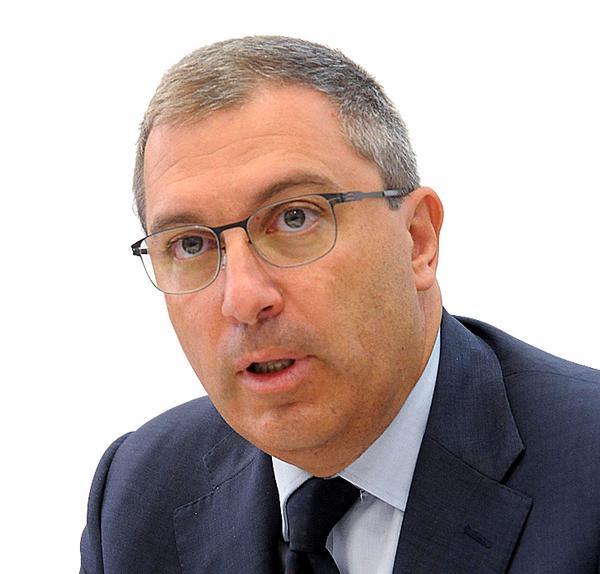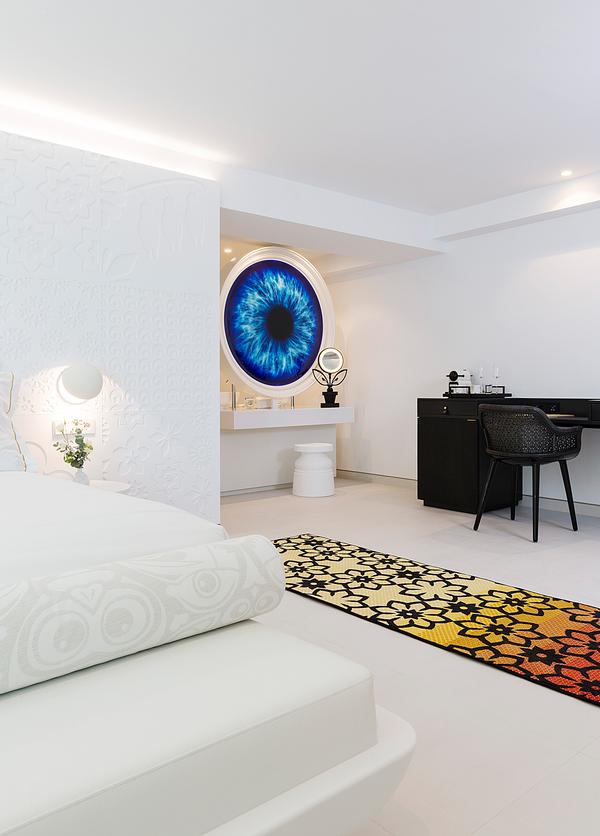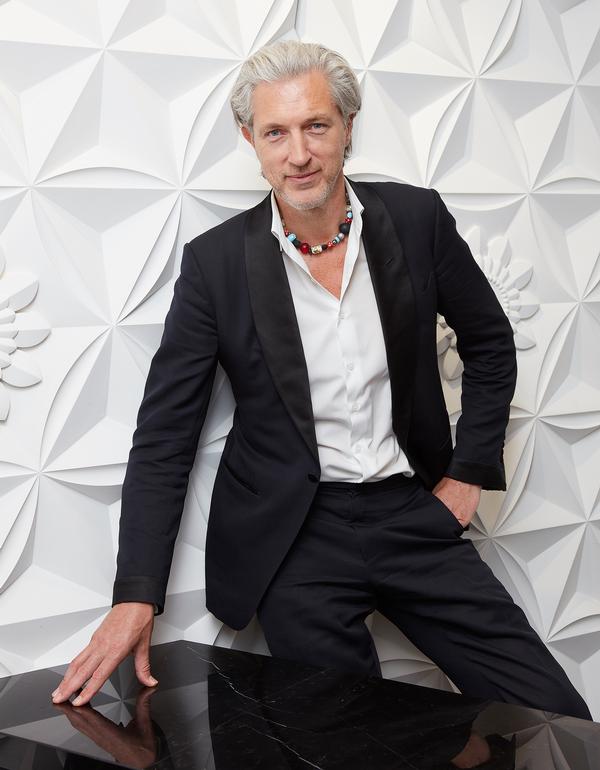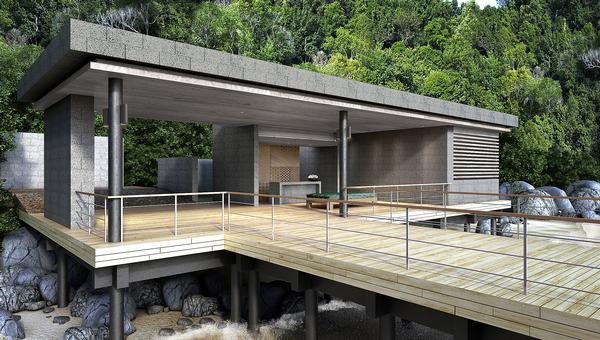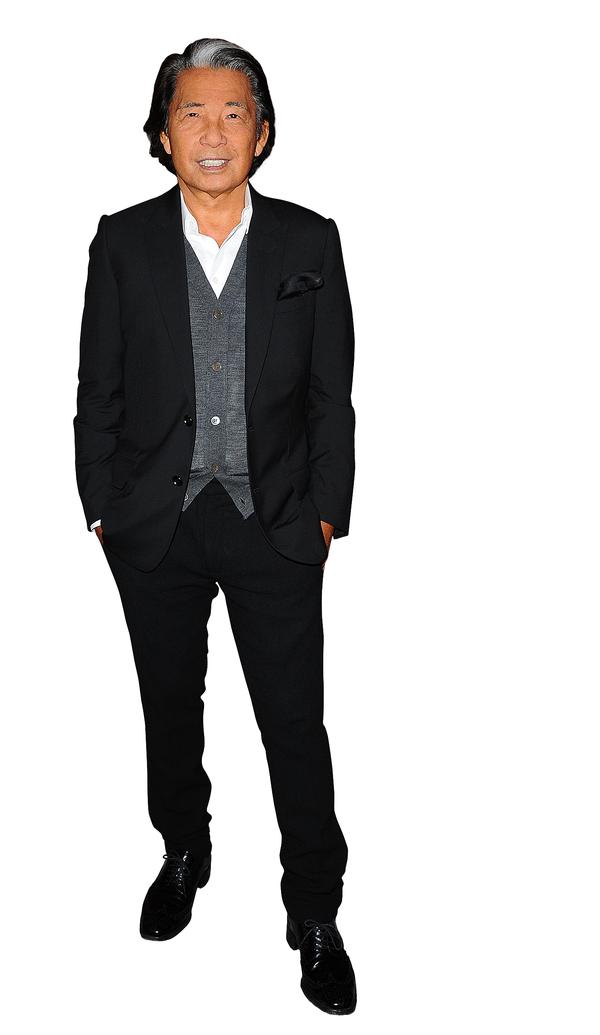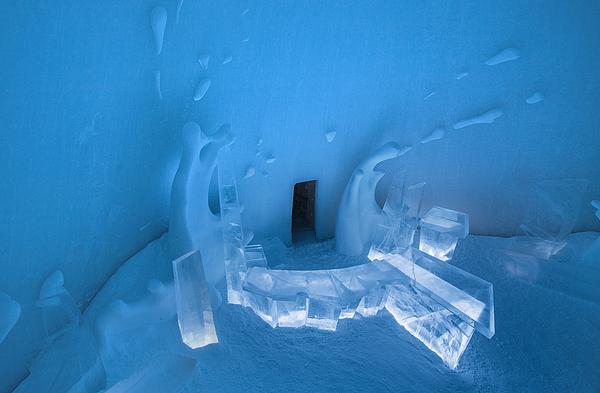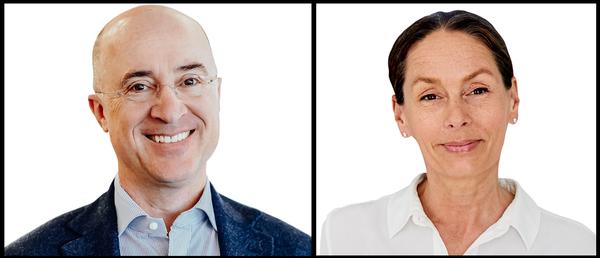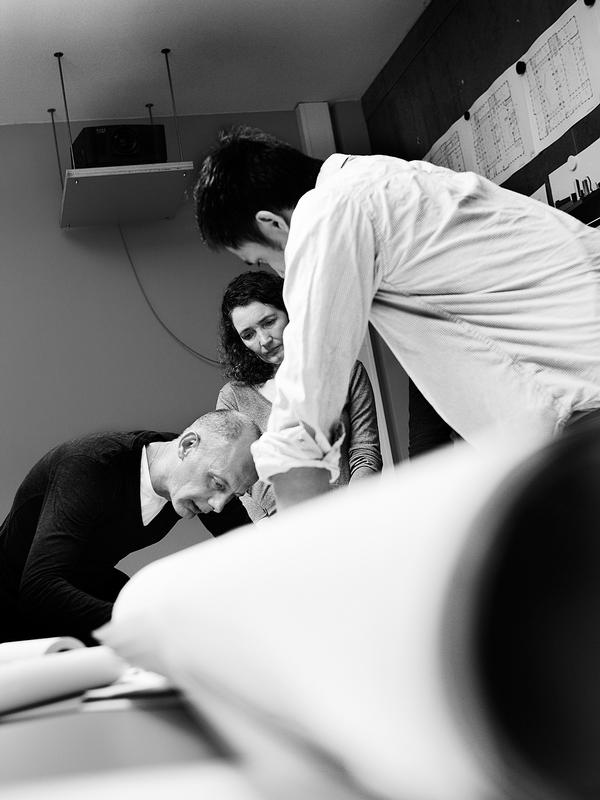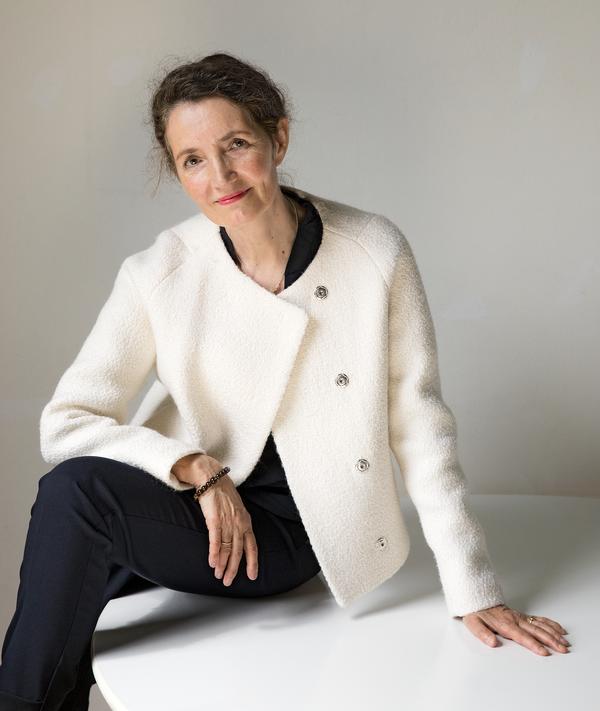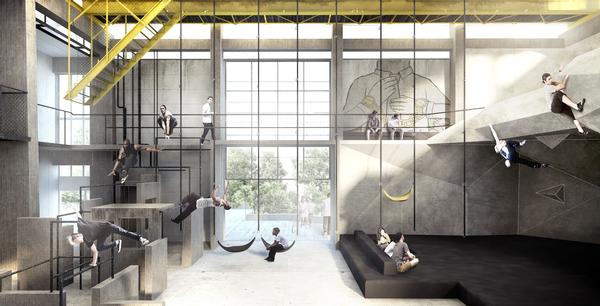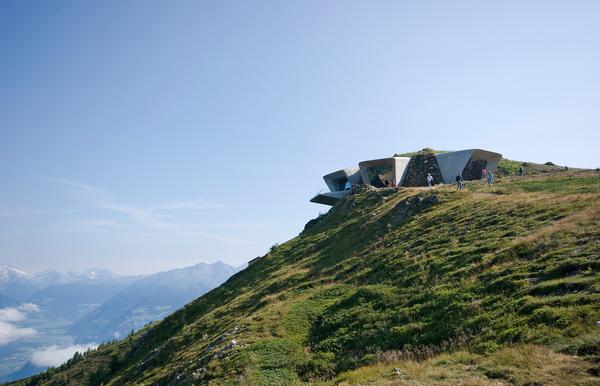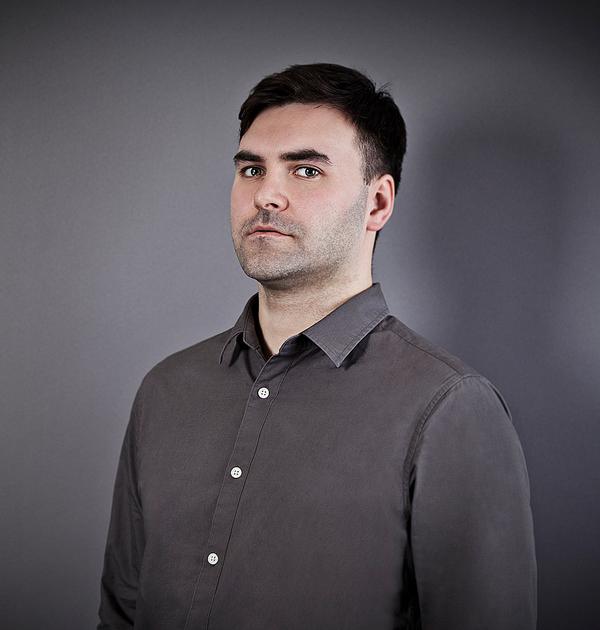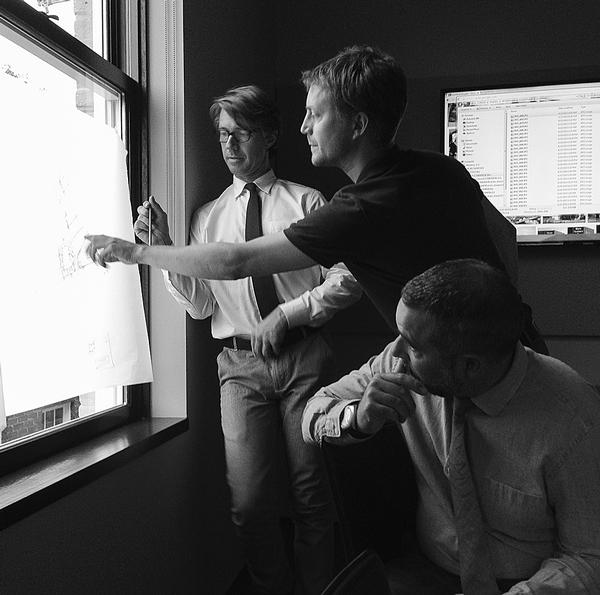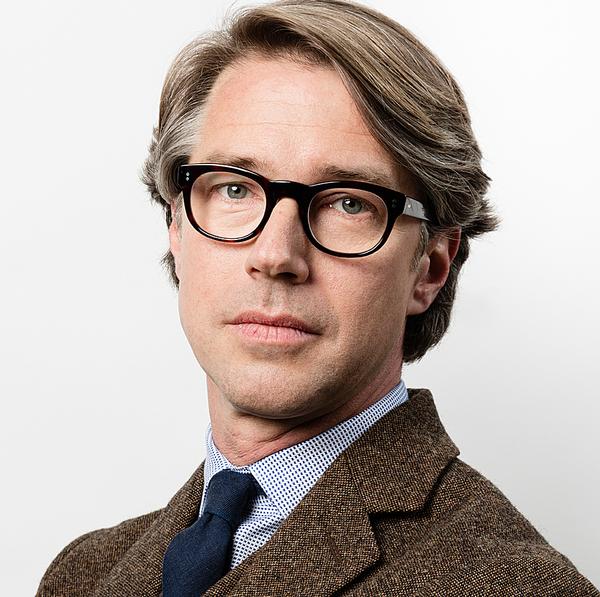GWS
Reaching for the moon
Spa professionals worldwide gathered at The Breakers in Palm Beach, Florida, for the Global Wellness Summit. Jane Kitchen shares the highlights
The 11th annual Global Wellness Summit took place at the historic Breakers hotel in Palm Beach, Florida, US, with a theme of ‘Living a Well Life,’ which brought a focus on preventative medicine, technology, and how wellness is incorporated into our everyday lives – from where we live to how we work.
This year’s Summit was the largest yet, with more than 600 delegates from 79 countries attending the event, with new representation from Monaco, Costa Rica and the Cayman Islands. Susie Ellis, GWS chair, opened the event by emphasising the global nature of the Summit, but also calling on the industry to look beyond the luxury marketplace. “Wellness is for everyone, and we have to care about people who might not be able to afford it,” she said. “If we don’t have wellness for everyone, then it’s not really wellness.”
Moonshot
Central to that idea is the Wellness Moonshot project announced at the Summit – a call to eradicate chronic, preventable disease. Dr Richard H Carmona, the 17th Surgeon General of the US, joined Ellis on stage to make the announcement, along with television host Dr Mehmet Oz, Dr Dean Ornish, Dr Elke Benedetto-Reisch, Dr Michael Roizen, Dr Andrew Weil, filmmaker Louie Schwartzberg and other industry icons.
“The time has come to pool our resources – knowledge, access, funding – and use our collective megaphone on the world stage to work towards achieving a world free of preventable disease,” said Ellis.
She said the Global Wellness Institute would catalyse stakeholders from both the private and public sectors to coordinate and collaborate on the Moonshot, and would begin with research and education efforts. Dr Carmona – who later during the Summit received the first-ever GWS Social Impact Award – said that the GWI is the right organisation to launch the Moonshot, as it can only be achieved with high-level collaboration in the many health and wellness sectors.
“Failure isn’t an option,” he said. “We are the world’s wellness leaders.”
Wellness communities
In order to help prevent disease, it’s important for people to incorporate wellness into their everyday lives, but GWI researchers Katherine Johnston and Ophelia Yeung highlighted just how difficult that can be, with a look into how people live in areas as diverse as suburban America and urban Hong Kong. Johnston and Yeung presented key findings from their upcoming report “Build Well To Live Well,” which takes a detailed look at the growing field of wellness communities (See SB17/1, p 70; SB17/2, p 66; SB17/3, p 62). “We cannot fix our global health crisis and its rising costs if we don’t fix the places that we live,” explained Yeung.
The full report is due out in January (we’ll highlight the details in SB18/1), but the researchers revealed that there are an estimated 1.3m potential buyers for wellness communities in the US alone each year. Homes designed to improve people’s wellness are now commanding 10 to 25 per cent higher price premiums, and today there are more than 600 projects being built worldwide that fall under the category. Johnston said the GWI predicts that in the next several decades, building wellness homes will be the default.
“The home is the last frontier in wellness, and this is the most important research we’ve undertaken – not just because it’s a hot new industry market, but because it’s about where and how we live,” said Johnston. “We’re at the beginning of a new movement in home and community design that tackles our uniquely modern problems – sedentary lives, unhealthy diets, stress, social isolation and loneliness, pollution, nature-deprivation – and it’s creating powerful opportunities.”
Architect Veronica Schreibeis Smith, chair of the GWI Wellness Architecture Initiative, moderated a wellness architecture roundtable, and also spoke separately about the shift from human health to human wellbeing in architecture.
“We have to design for all dimensions of wellness,” said Schreibeis Smith. “Your surroundings directly impact your behaviour. If you can change your space, you can change your attitude. Corporations are starting to clue in on this and society needs to too.”
Medical experts
This year’s summit saw presentations from some of the top doctors to promote lifestyle change in the US. Dr Dean Ornish discussed his Ornish Diet and his simple formula to “eat well, stress less, move more and love more.” Ornish highlighted how his method helps improve chronic conditions like heart disease and diabetes; lengthen telomeres; and change gene expression, turning on health-promoting genes and turning off disease-promoting genes. “Our genes are a predisposition, but they are not fate,” said Ornish.
Dr Mehmet Oz – whose US television show, Dr Oz, boasts viewers in the millions – talked about the growing number of people who feel empty, stressed and dissatisfied with life. “We control 70 per cent of how well and long we live,” said Oz. He suggested the wellness industry can do more to help people live a well life, and said it’s important to make it easy for people to do the right thing. Oz also suggested that there is great opportunity in the spa industry to tackle the issue of sleep – a personal passion of his.
Summit co-chair Dr Gerry Bodeker spoke to delegates via a pre-recorded message, due to complications with US visa restrictions. Bodeker, who was instrumental in crafting this year’s agenda, talked about the hope that brain plasticity gives us, especially for mental wellness. “Our brains are designed to keep growing in adulthood to stages of wisdom and enlightenment,” Bodeker said.
While we’ve known about the placebo effect – a beneficial effect attributed to a patient’s belief that they are getting treatment even if they’re not – for centuries, Dr Alia Crum discussed what we can do to harness the power of the placebo effect for healing. Crum, who is an assistant professor of psychology at Stanford University, has conducted studies which have shown that social context plays a role in how likely people are to benefit from a placebo effect, as does the language that carers choose. “Medicine and wellness have a real opportunity here,” she said. “We can make changes in our words and actions that can have a meaningful impact. These forces are not mysterious – the body’s ability to heal can be a real resource to living a well life, as soon as our own minds are open to it.”
And Dr Anjan Chatterjee spoke about the brain’s reaction to beauty, and research he’s done into the nature of beauty, which suggests we have automatic beauty receptors in our brain, and we automatically associate beauty with good. “That means attractive people have all kinds of advantages in life: more pay, better grades, less punishment,” he said.
Cold is hot
Several speakers took on the topic of cold therapy, and how it can help with a number of physical ailments (see our ‘Ask an Expert’ section, page 44-46). World record holder and author Wim Hof took to the stage to talk about the mind’s power to control disease and inflammation. Hof advocates a programme that combines cold therapy and conscious breathing as a means to improve overall physical and mental health (see pages 24-25). Dressed in shorts and a T-shirt, Hof impressed – and charmed – summit delegates both in a keynote speech and a hands-on workshop where he taught his breathing method.
And professor Marc Cohen of RMIT University in Australia taught us all to do the “cold-water hokey-pokey,” as he advocated for the benefits of cold therapy, including cold showers. “Visiting the edge of your comfort zone can be a really good thing, but you have to train,” he said.
Technology and media
Technology – and its growing impact on our wellbeing – was also in the spotlight this year. As author Agapi Stassinopoulos said: “It has never been easier to run away from ourselves. We are sinking in data, but we are starving in wisdom.”
Alexia Brue and Melisse Gelula, co-founders of wellness lifestyle brand Well + Good, took a look at millennial wellness consumers. “The wellness consumer today – especially the millennial consumer – has tremendous access to wellness,” said Brue. “There’s a mentality of ‘I don’t need a spa to fix me.’ And when they show up at a spa, they’re not learning to meditate for the first time.” Gelula said that wellness influencers are doing just that: influencing this generation, who are educating themselves online about wellness, often through social media.
But perhaps we need more of this; Dr Andrew Weil suggested that in today’s image-conscious world “we should be recruiting thought leaders and celebrities to make wellness fashionable.”
And Jeremy McCarthy, Mandarin Oriental’s group director of spa and wellness, spoke in depth about wellness in the age of technology. “If the wellness industry is about living a well life, we need to think about how we help people live a well life in the digital age,” said McCarthy. He advocated for establishing guidelines around “digital nutrition” in a similar model to nutritional standards, drawing parallels with food and technology and our need to regulate both. Much like food, “technology is not inherently good or bad – it depends on how much you consume, and the quality of it,” explained McCarthy.
Happiness and wellness
Happiness is inextricably tied to wellness, and several speakers explored the subject. Jan-Emmanuel De Neve, associate editor of the World Happiness Report and professor at the University of Oxford, addressed the issue of happiness at work, while author and Google X chief business officer Mohammad Gawdat spoke about engineering for happiness.
De Neve looked at which jobs are most associated with happiness, what it is about a job that makes people happy, whether happiness is predictive of job performance, and ultimately, whether it makes economic sense to make happiness central in the workplace. He said raising employee happiness raises productivity, and that the companies that are rated the best to work for outperform others on stock market indices. Benefits of employee wellbeing include better recruitment, motivation and retention, he said.
Gawdat detailed his quest to find happiness after the death of his son. He searched for a formula for happiness, and ultimately came up with the idea that “happiness is greater than or equal to the events of your life minus your expectations of how life should behave.” Essentially, he said, “you feel happy when life meets your expectations.” But beyond that, he said, happiness is our default setting. “If you don’t know what makes you happy, you don’t invite it into your life enough,” he explained. “Happiness is a choice, and it’s very trainable.”
Belgin Aksoy Berkin made an appearance onstage with a group of enthusiastic local kids as she announced Global Wellness Day’s focus on happiness and a new wellness educational programme for children. Aksoy Berkin said rising rates of childhood depression and the growing role of technology in children’s lives make this programme necessary. “Nobody is teaching us how to live, how to breathe, how to be mindful and how to be ourselves,” said Aksoy Berkin. “These are things that are very important to being a happy adult in the future.”
And industry icon Deborah Szekely, who received the inaugural Living a Well Life Award, shared her thoughts in an on-stage interview with Ellis. The 95-year-old Szekely, who founded Rancho la Puerta and the Golden Door, said it best: “People have got to move – it’s the secret to good longevity. I don’t like it every day, but I go and do an aerobic class every morning, five times a week, and on the weekends, I walk.” She paused, adding: “It’s a very small price to pay for feeling healthy.”
Global wellness awards
Leading Woman in Wellness
Julie Bach, Founder of Wellness for Cancer
Leader in Innovation
Steve Nygren, Co-founder of Serenbe
Leader in Sustainability
Neil Jacobs, CEO of Six Senses Hotels Resorts Spas
Leader in Workplace Wellness
PhD, CEO and founder of Wisdom Works
Debra Simon Award for Leader in Furthering Mental Wellness
Louie Schwartzberg, Filmmaker
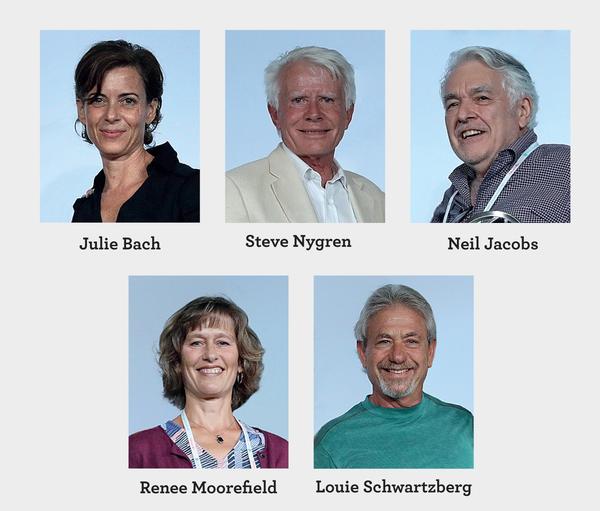
Global wellness awards
Social Impact Award
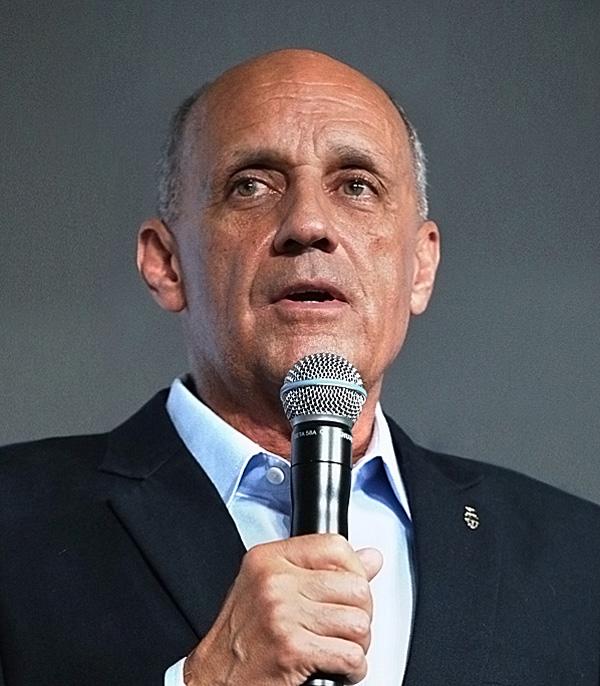
Dr Richard Carmona, 17th Surgeon General of the US
Global wellness awards
Living a Well Life Award
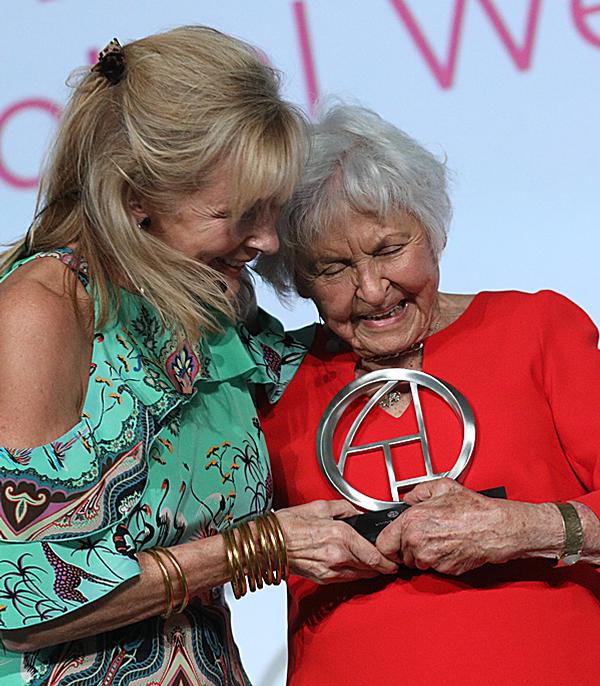
Deborah Szekely, Founder, Rancho la Puerta
Next stop: Italy
The 2018 Global Wellness Summit will be hosted at the Technogym Village in Cesena, Italy, from 6-8 October 2018.
Technogym – which specialises in technologies for fitness, wellness and health – will be the 2018 host sponsor, and the location, along with founder Nerio Alessandri’s approach to the business of wellness, will drive the agenda of the 2018 Summit.
Located in the heart of Italy’s “Wellness Valley,” the Technogym Village is a 37-acre campus designed from the ground up to encourage a wellness lifestyle – with a focus on fitness, environmental sustainability, architectural wellness and even mental wellbeing through the beauty of art, music and fashion. It’s home to an expansive research and education centre, state-of-the-art gym, the Technogym factory, and farm-to-table restaurants.
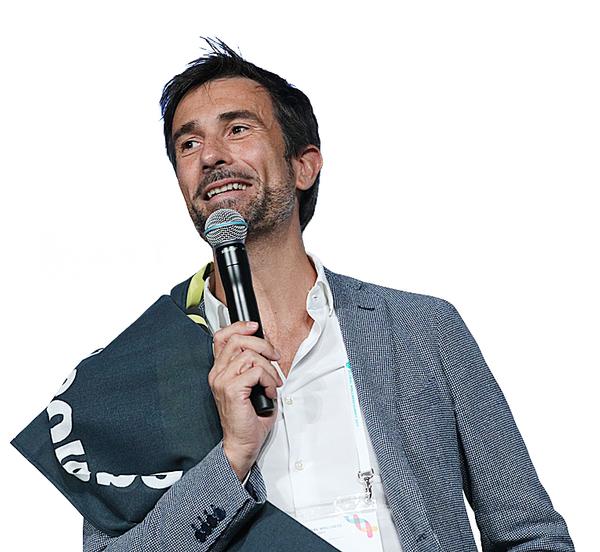
A ‘celebration of the elements’ gala
For this year’s GWS gala dinner, Debra Duneier from New York-based EcoChi blended modern, evidence-based design principles like biomimicry and environmental psychology with millennia-old strategies like feng shui to transform The Breakers’ Venetian ballroom into a twinkling wonderland. The gala included a live auction that raised more than US$125,000 to benefit the Global Wellness Institute’s research division.
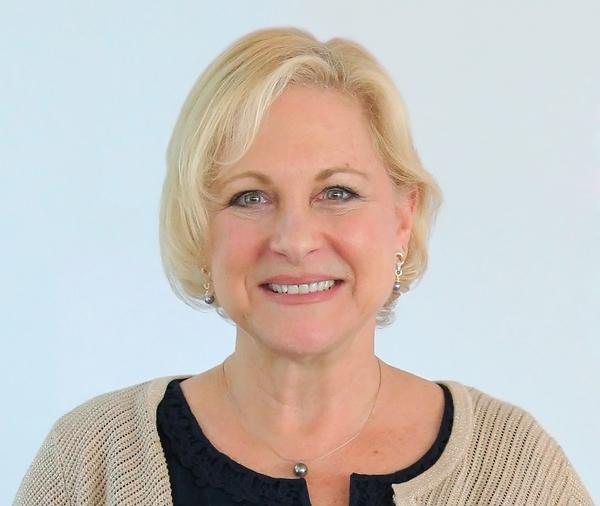

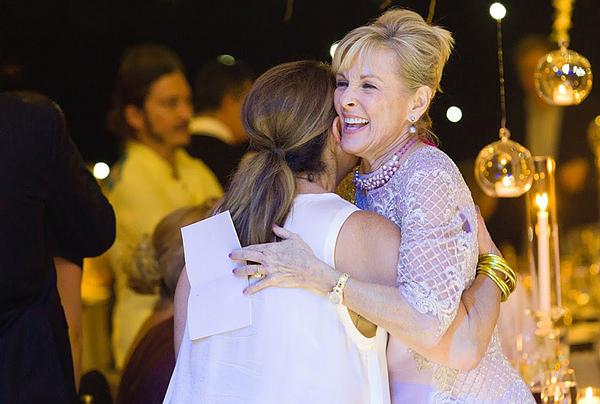
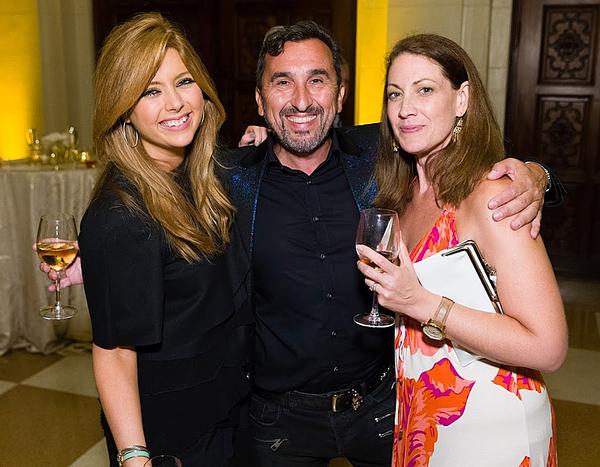
Across Denmark, a charity is turning industrial buildings into centres for street sport and art. As the concept prepares to go global, we speak to the people making it happen



